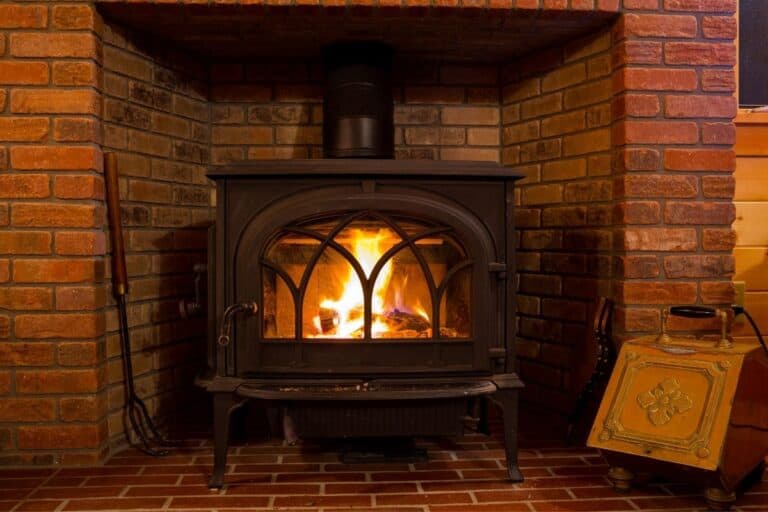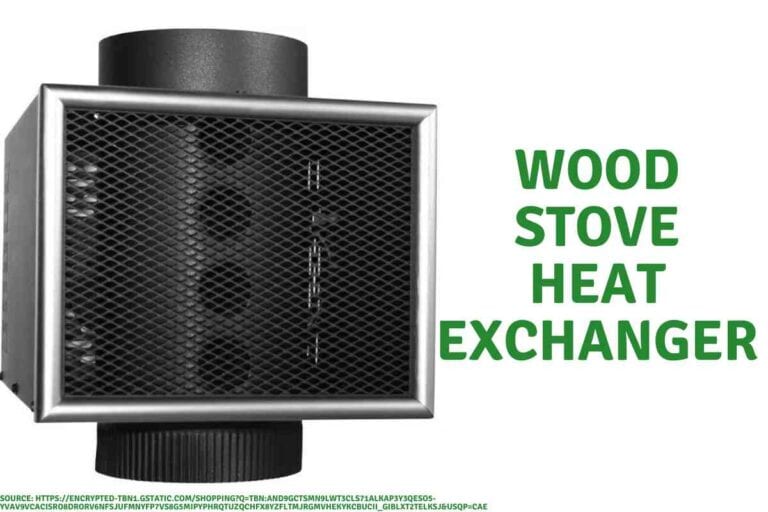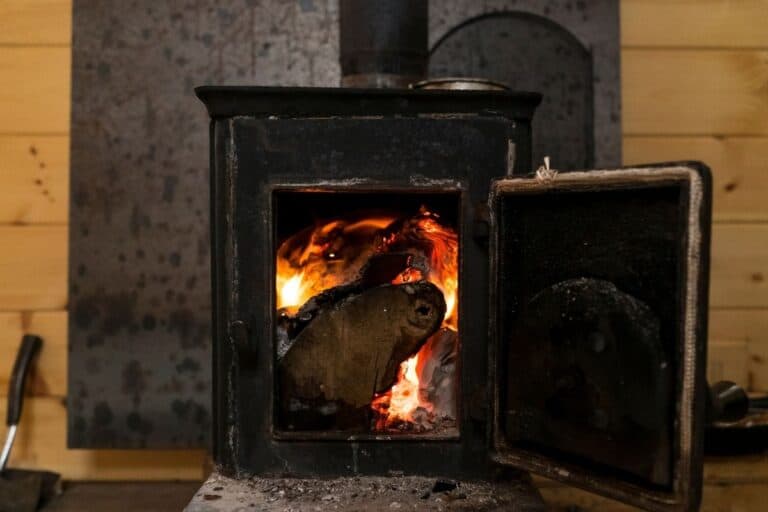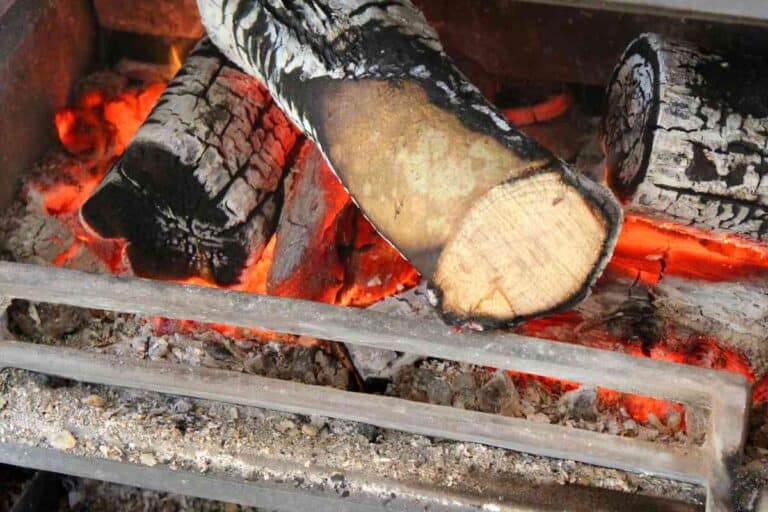Will a Wood Stove in the Basement Heat the House?
Like many homeowners, you may wonder if a wood stove in the basement will help heat your home. However, you may also have concerns about moisture and the possibility of a fire. So, is it a feasible idea or a recipe for disaster?
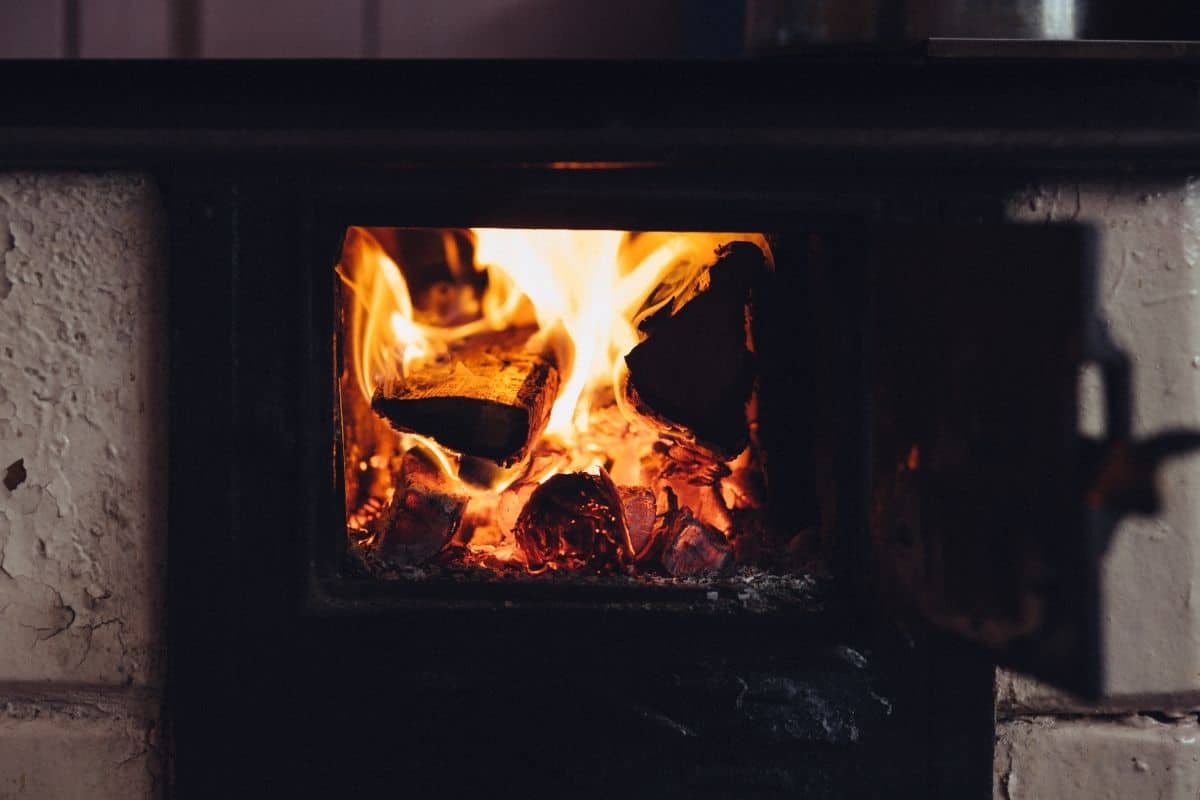
Placing your wood stove in the basement to heat your entire house is a bad idea. Wood stoves are designed to heat a single room, and they are not very efficient at heating an entire house. A wood stove may also be a poor choice for an unfinished basement. However, with the right approach and information, you can do it.
This blog post explores the idea of using a wood stove to heat an entire house and shares tips on how to make this a safe and successful endeavor. So, let’s get this show on the road. Shall we?
Can a Wood Cook Stove Heat a House?
It is possible to heat an entire house with a wood cook stove, but it’s not the most efficient way to do things. Wood cook stoves are designed to heat a single room, and they’re not very good at heating an entire house.
If you want to use a wood cook stove to heat your house, you’ll need to take some extra steps. These include:
Ensure Your Fire Has Long-Lasting Warmth
The challenge with using a wood stove for heating the entire house is that it typically burns through fuel quite fast. Consequently, you need to make sure your fire is well-managed so that it provides long-lasting warmth.
Follow the steps below for the best results:
- Don’t clear out all the ash: Wood burns best when there’s a bed of ash to help insulate the fire.
- Create a hash shape using small pieces of split logs and a firelighter or two in the middle. Then, top it off with kindling.
- Light the firefighters directly. Once they’ve caught fire, it will spread to the kindling and eventually ignite the logs, thereby providing the foundation for the perfect fire.
However, keep in mind that the quality of wood you use will also affect your results. For an optimum burn rate, choose wood logs that have been seasoned for at least one year and with a moisture content of 20% or lower. Logs with these characteristics split easily, burn slower and produce fewer sparks.
Recommended Wood Stove Reading:
The Ultimate Guide to Choosing and Using a Wood Stove for Efficient Home Heating
Ensure Your Stove is in an Optimal Position
You may be the master of fire building, but if your stove is in the wrong spot, all your hard work will go to waste. If you want your wood stove to heat the upstairs room, the best place to install it is downstairs. This way, the heat will raise and heat the upper rooms.
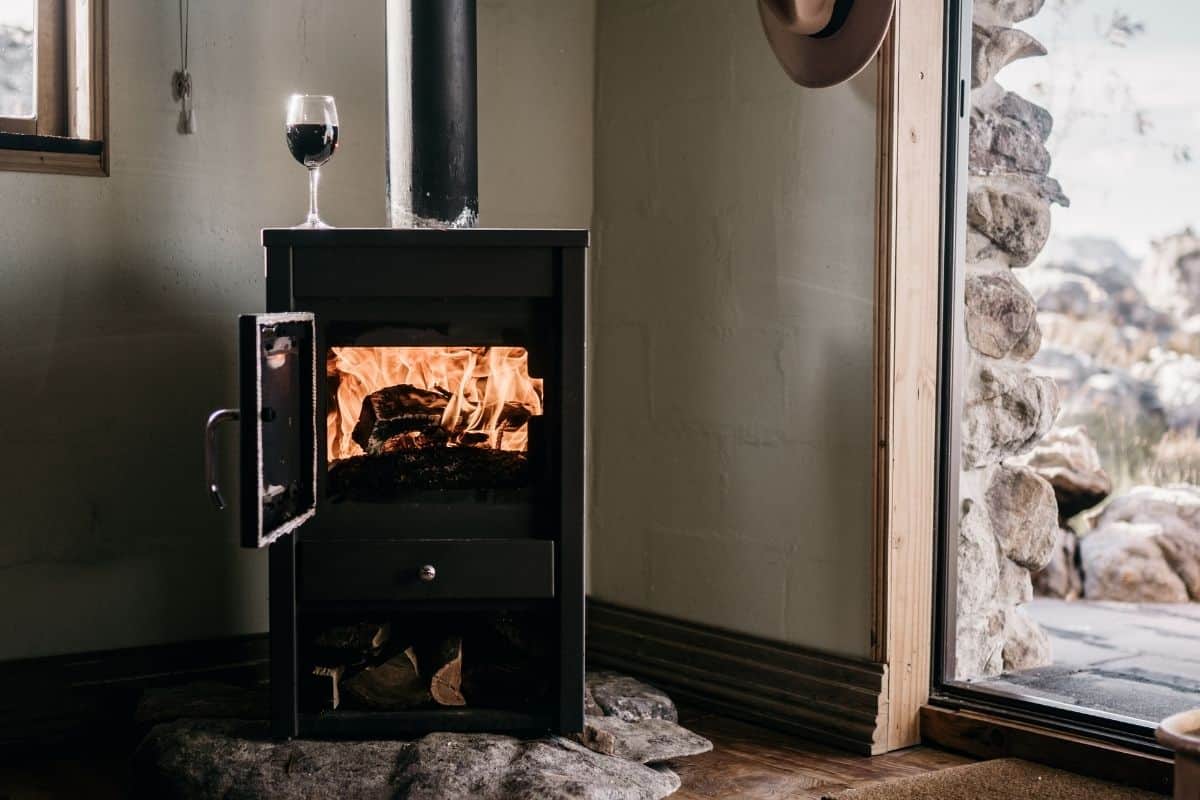
Choose the Right Stove
Your results will also depend on the type of stove you choose. Modern wood-burning stoves are your best bet because they have an efficiency rating of over 70%. Older stoves have an efficiency rating of only 30-40%.
Not to mention, the majority of modern stoves have clean burn and fresh air features that ensure the fire burns cleanly and doesn’t produce harmful emissions.
Source: Chesneys and Weekend Builds
Can I Put a Stove in My Basement?
The basement is the best place to have your wood stove if you intend to use it to heat the entire house. In this spot, you can take advantage of the basement’s natural insulation, and heat will rise to the upper floors.
Can I Put a Wood Fireplace in a Basement?
A wood fireplace is an excellent alternative to a wood stove. If you have the space and can vent a wood fireplace, it will heat your home more evenly.
The only downside to having a wood fireplace in your basement is that they require more maintenance than stoves. You’ll need to clean out the ashes regularly and have the chimney inspected yearly.
How Do I Circulate the Heat From My Wood Stove in My Basement?
One of the challenges you may face when installing a wood stove in your basement is circulating the heat from the lower level up to the upper floors. You have several options:
Fans
Fans are the tried and true way to circulate heat from a wood stove. They come in many shapes and sizes, so you can find one that will fit your needs.
You can install a fan behind the stove, at least 24 inches from the stove. Ensuring doesn’t have any plastic covers. Alternatively, you can place the fan at the bottom of the staircase, at the doorway, or in the direction you’d like to move the air.
You also have the option of creating a space on the top floor just above the wood stove and having the fan on the upper flow to direct air into the upper room.
Draft
Most modern homes are sealed tight, which leaves little to no ventilation in spaces like the basement. To add to this, if the stove has insufficient ventilation, you may have a hard time lighting it, let alone maintaining a constant flame and heat supply.
If you notice smoke curling up from the front of the stove, open a nearby window slightly and wait to see if the smoke reverses direction and sucks back into the stove. If this happens, it’s likely your stove needs more air. This is known as draft.
Crack another window or two open to improve draft and boost air circulation in your home.
Heating Systems
If you have a wood stove and a forced-air system for backup, run only the fans on the backup system. Furthermore, ensure the thermostat is down to 55 degrees. Leaving the fans on when the stove is burning will help circulate the air throughout your home.
Source: Home Guides
Wrapping Up
If you were wondering if you could use a wood stove in the basement to heat your house, now you have all the details. A wood stove isn’t the best way to heat your entire house, but you can make it work if you follow the proper steps. Use the tips we’ve shared in this article for the best results.

